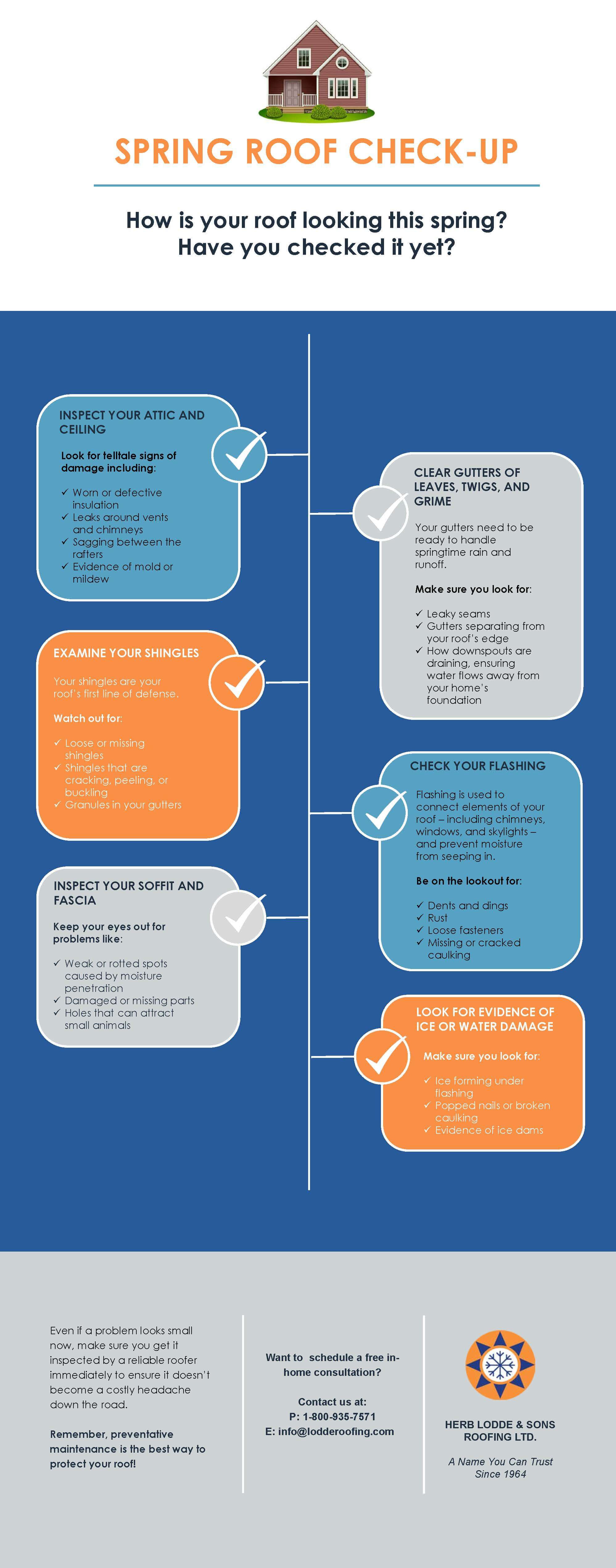Understand Just How Various Weather Conditions Affect Your Roof Covering Installment To Ensure An Effective End Result
Understand Just How Various Weather Conditions Affect Your Roof Covering Installment To Ensure An Effective End Result
Blog Article
Produced By- relevant site
When it involves roofing setups, the climate can make or damage the job. Think of the aggravation of managing materials that will not cooperate due to extreme warmth or fighting slippery surface areas caused by unanticipated rainfall. Recognizing the influence of weather on your roof covering project is important for an effective end result. So, let's explore just how various weather components can influence the quality and toughness of your roof covering installment, making certain a work well done.
Impact of Temperature on Roof Covering Installation
When it involves roof setup, temperature level plays a crucial duty while doing so. The perfect temperature level for roof tasks usually falls in between 45 and 85 levels Fahrenheit. Extreme warmth can cause products like shingles to end up being too pliable, causing potential damage throughout installment. On the other hand, chilly temperature levels can make products weak and susceptible to splitting. It is essential to arrange roofing system installations throughout modest temperatures to guarantee the best end result.
During chillier weather, specialists might need to take additional safety measures such as making use of heated equipment or allowing materials to heat up prior to setup.
In contrast, hot weather might call for job to be done earlier or later in the day to avoid the peak temperature levels. By taking into consideration the temperature and its results on roof products, you can assist guarantee a successful setup that will certainly stand up to the components for many years to come.
Effect of Rainfall on Roof Covering Projects
Roofing jobs can be dramatically affected by precipitation, impacting both the timeline and the high quality of the installation. Rain or snow can produce slippery problems, making it hazardous for contractors to service a damp surface. In addition, wetness can endanger the adhesion of materials like roof shingles or underlayment, bring about prospective leaks or damages in the future.
If it rains throughout a roof job, the water can permeate right into prone areas, creating delays as the installment crew have to wait for the roof covering to completely dry before continuing. Too much moisture can also advertise the growth of mold and mildew, further endangering the integrity of the roofing system.
To avoid these problems, it's recommended to schedule roof jobs throughout drier periods or monitor the weather prediction closely to plan around any kind of potential rainstorms. By taking preventative measures to work in beneficial weather conditions, you can make certain a smoother and much more effective roof covering setup process.
Impact of Wind Speed on Installation Success
Throughout roofing system setup, the speed of the wind plays a crucial role in establishing the success of the project. High wind rates can posture significant challenges to roofing contractors, possibly causing safety hazards and quality issues. When wind rates exceed recommended limits, it comes to be challenging to deal with materials, raising the danger of crashes and damages to the roof covering products. Strong gusts can likewise affect the precision of dimensions and the precision required for proper installment.
To guarantee a successful roof covering installation, it's necessary to keep an eye on and consider wind speeds. Ideally, roofing installation ought to take place on days with reduced to modest wind rates. This not only boosts the security of the employees yet also enhances the overall top quality of the installment.
Recommended Studying arranged throughout tranquil climate condition are more probable to be finished effectively and with less mistakes. By focusing on wind speed forecasts and planning accordingly, you can assist guarantee a smooth and effective roofing setup procedure.
Conclusion
So, when it involves roofing system installation, bear in mind to consider the weather to ensure a successful task. Optimal temperature levels, completely dry problems, and moderate wind speeds are essential variables to focus on for a smooth setup procedure. By arranging your task during the best seasons and suitable weather, you can attain a resilient and resilient roof that will certainly secure your home for several years ahead.
